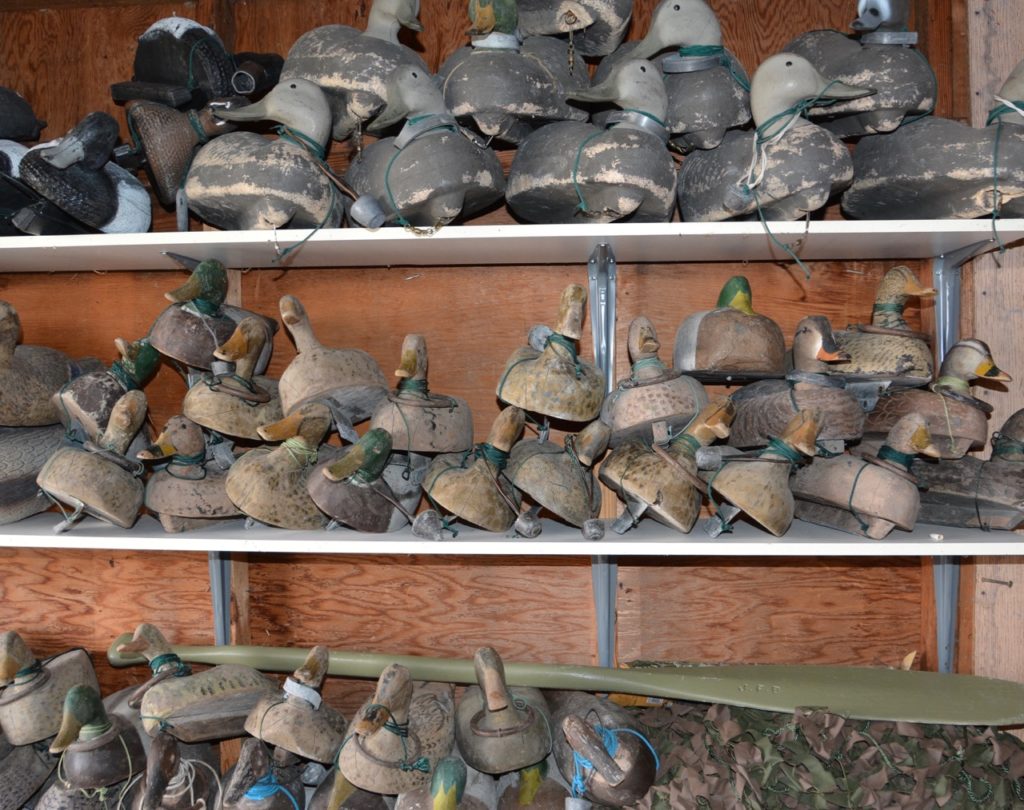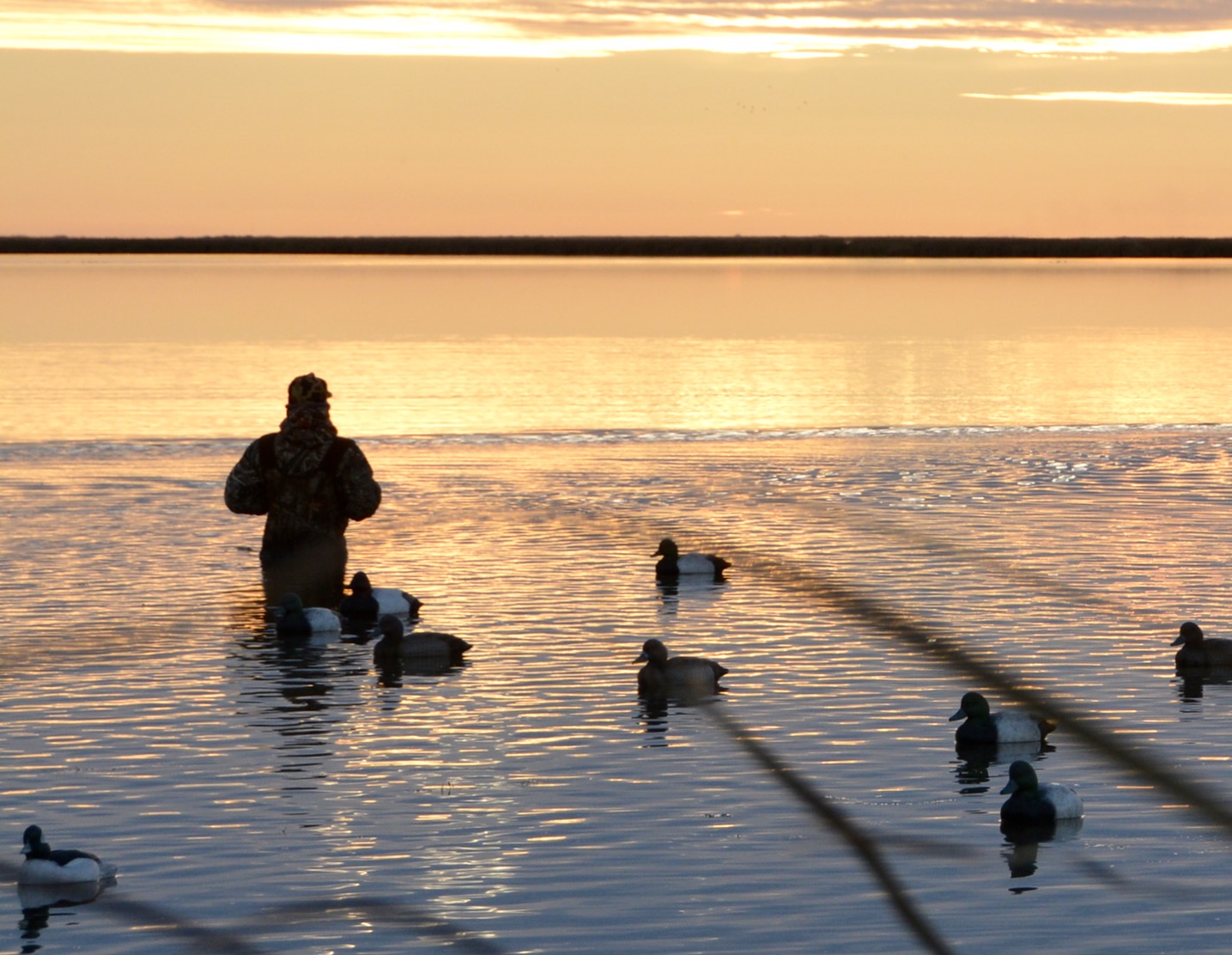Dreaming of Delta
Fulfilling a decades-long desire, our hunting editor returns to the fabled Manitoba marsh that got him hooked on waterfowl hunting
Advertisement

Even before my 5:30 a.m. alarm announced it was time to get up, I knew the day would not go as planned. The roar of the north wind coming through my slightly open window throughout the night had made for a restless sleep, but shutting out the noise would have been blasphemous. I mean, what’s the point of staying at a world-renowned duck marsh if you’re going to insulate yourself from the very elements you came to experience?
Our meeting around the breakfast table was discouraging. In the face of the raging wind, it was clear we wouldn’t be able to get out on the marsh. But, as duck hunters do, we made the best of the situation and returned to the blind on the protected MERP cell we’d hunted the previous evening. Unfortunately, the gunning was slow, with few birds flying, so we packed up after just a few hours.
Advertisement
At least I then had some time to explore. Over the next couple of hours, Paul took me on tour of nearby York Lodge, built in 1925 and named in honour of the Duke of York—later to become King George V—who hunted in Delta Marsh in 1901. I also explored my home base, Kirchhoffer Lodge, which is the birthplace of Delta Waterfowl. It was built in 1914 by John Kirchhoffer, a senator from Brandon, in anticipation of a return visit from King George.
Back in the day, Delta Marsh attracted a wide range of waterfowling luminaries, among them Clark Gable, Roy Rogers, James Ford Bell (the founder of General Mills) and legendary outdoor writer Jimmy Robinson. I absorbed it all, marvelling at the duck-hunting history I was seeing first-hand. Much of the old artwork and photos from those days still hangs on the walls of these lodges, and in one shed we even stumbled upon a couple dozen decoys carved for Bell by Duncan Ducharme, whose blocks are heralded in carving circles and command staggering prices at auction.
Motorized vehicles are prohibited, so paddling is the only option for reaching the heart of the marsh
The wind relented as midday broke, and by 1:30 p.m. we were finally able to head out onto the marsh in canoes. Motorized vehicles are prohibited, so paddling is the only option for reaching the heart of the marsh. Paul, Pat and I were led by Adam Scott, a young Master of Science student studying green-winged teal, as we paddled to a point between Clair Lake and Gadwall Bay, two of the prominent wetlands that make up Delta Marsh. Also with us was Spats, a springer spaniel belonging to Frank Rohwer, Delta Waterfowl’s president and chief scientist. Once at the point, we tossed out 45 hand-carved blocks, two of them original Ducharme canvasbacks and many others carved by Pat, then hunkered down amid some hardstem bulrushes.
Advertisement
The weather settled as the minutes ticked by, and by 3 p.m. it was sunny with virtually no wind—not prime duck-hunting conditions, to say the least. The birds responded in kind, with few flying in the balmy conditions. Despite that, I was enjoying myself immensely. I mean, there I was, perched on the shore of a legendary marsh, accompanied by two friends who appreciated traditional waterfowling culture as much as I do.
The birds that did fly that afternoon behaved well, and we picked away at them as we traded stories about waterfowl ecology, Delta’s history, past hunts and working decoys. Eventually, as the sun settled in the west, we had no choice but to reluctantly pick up the blocks and paddle homeward. In all, we had managed to drop a half-dozen bluebills, three mallards and a northern shoveler, enough that Spats got in a workout. The body count meant little, however, compared to the broader experience.
That night back at the lodge, after a fine meal of Canada goose stroganoff and a couple of cocktails, I enjoyed the sleep of someone who was fully satisfied—only a duck hunter knows the welcomed weariness that settles over you after a day on the marsh followed by a hearty dinner next to a warm fire.

